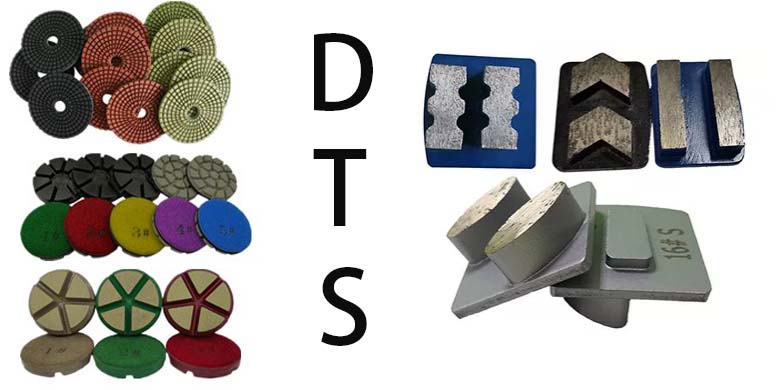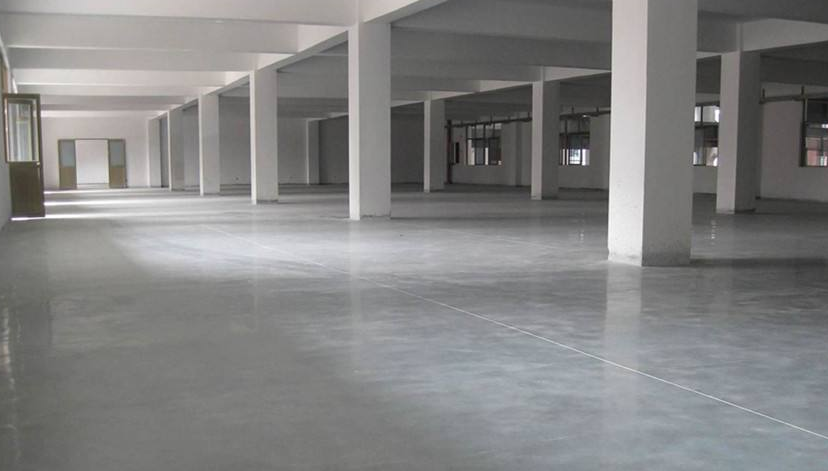How to maintain a concrete pavement2022-09-26
After the cement concrete pavement is paved, it should be maintained in time. Concrete curing is to artificially create certain humidity and temperature conditions, so that the newly poured concrete can be normalized or accelerated its hardening and strength growth. It is an indispensable post-work in construction, which can effectively prevent cracks and shedding.
Concrete curing
Concrete curing method In the whole concrete project, is a sub-project that takes the longest time and has the greatest impact on the quality of concrete. Generally speaking, the starting time of concrete curing should be determined according to the local climatic conditions and the type of cement used in the concrete project.
For the curing of ordinary cement varieties in general environment, the curing should be started 12h-18h after the concrete is poured. The curing time should last 21d-28d. Concrete curing generally adopts several methods such as sprinkling natural curing and plastic film wrapping curing. It will be introduced in detail below.
Full water method
Nine plywood strips with a thickness of more than 12mm (width of 100mm) are used to lap and pave along the surrounding edges of the cast-in-place slab during the process of pouring and tamping the concrete slab, and are fixed with two 35mm long iron nails per meter; The height of the cast-in-place slab is also paved with slabs, and the stair step slabs are required to be flat, and the step height difference is less than 3mm;
When the concrete slab is large, it should be maintained in blocks according to the time of pouring and tamping and the size of the plane. The boundary is also paved with 100mm wide nine plywood strips; the slabs should be laid flat and close to the edge;
After the concrete is poured and pounded, it should be smoothed with thick wooden crabs and maintained in time. Especially in summer, spray curing should be used before the initial setting of high temperature, and the thick crabs should be smoothed twice. Lay a flat plate such as a three-plywood, and the water will flow to the concrete surface through the board surface until it overflows the slats) curing for 3d to 7d, if conditions permit, the curing time should be extended; during the curing period, do not move the concrete; the stair tread slats should be in the concrete, then cancel after the intensity reaches 100%.
Conservation film
Concrete water-saving moisturizing and curing film is a new controllable polymer material as the core, plastic film as a carrier, adhering and compounding. The liquid water is changed into solid water, and then through the capillary action, it continuously penetrates into the curing surface, and at the same time, it continuously absorbs the evaporated water of the curing body in the process of concrete hydration heat.
Therefore, during a curing period, the curing film can ensure that the maintenance surface is kept moist, and the relative humidity is greater than or equal to 90%, which can effectively inhibit micro-cracks and ensure the quality of the project.
As a new material, concrete moisturizing and curing film is widely used in various fields of highway, railway, water conservancy and other engineering construction, and plays an increasingly important role in the prevention of concrete quality problems.
DTS Diamond Tools is a professional manufacturer of diamond tools for concrete or stone floor grinding and polishing, we have supplied many different kinds of diamond tools for many customers, such as Scanmaskin tools, Lavina tools, Klindex tools, Husqvarna tools, HTC tools etc. Welcome to consult for our products by clicking pictures to get into our official web if you are interested.

- Company Info
- Feedback
- Customer Reviews
- About Us
- Contact Us
- Blog
- Help Center
- User Center
- Forget Password
- My Orders
- Tracking Order
- My Account
- Register




